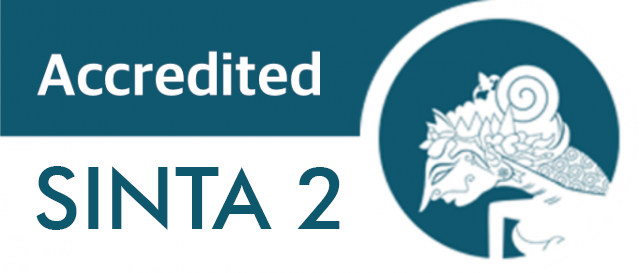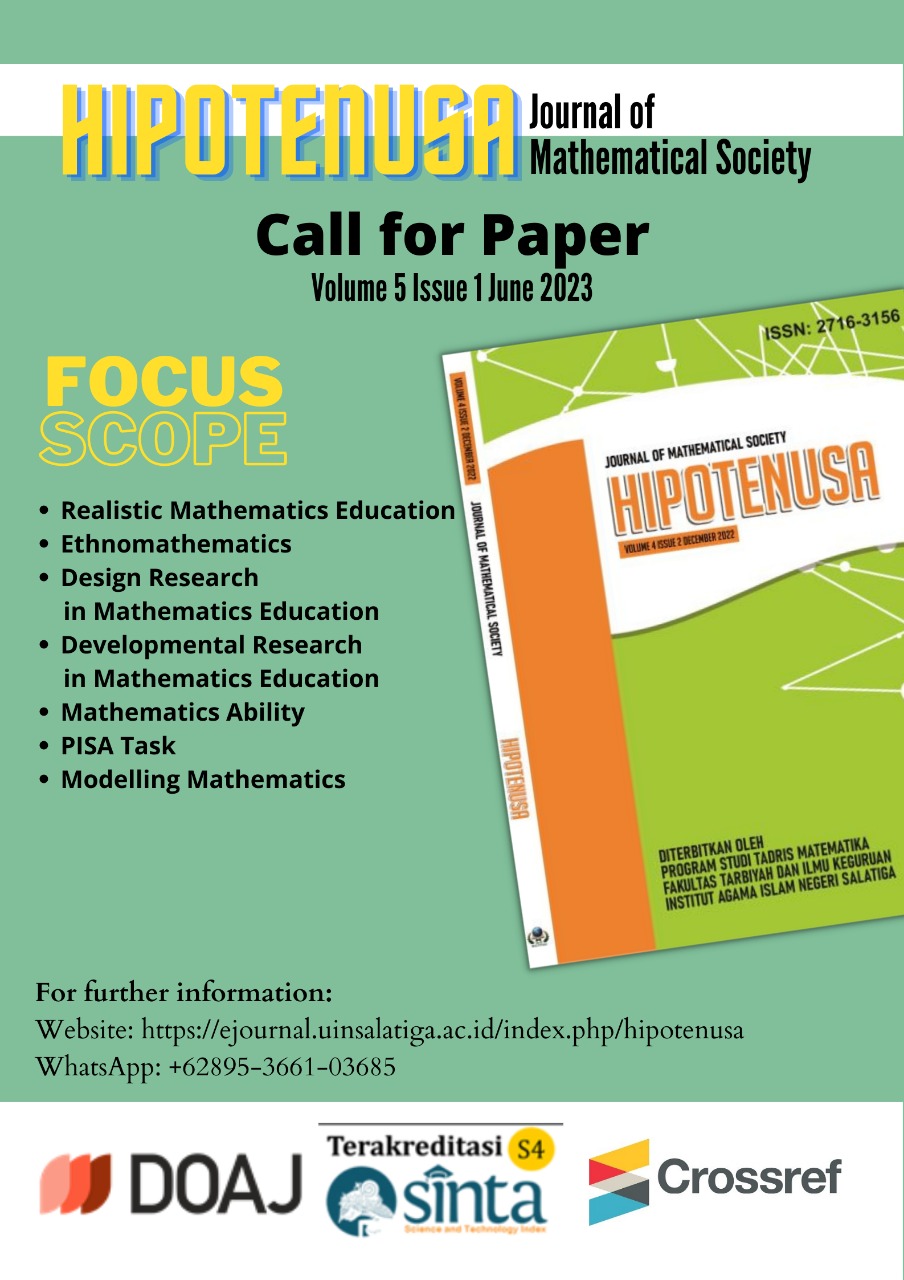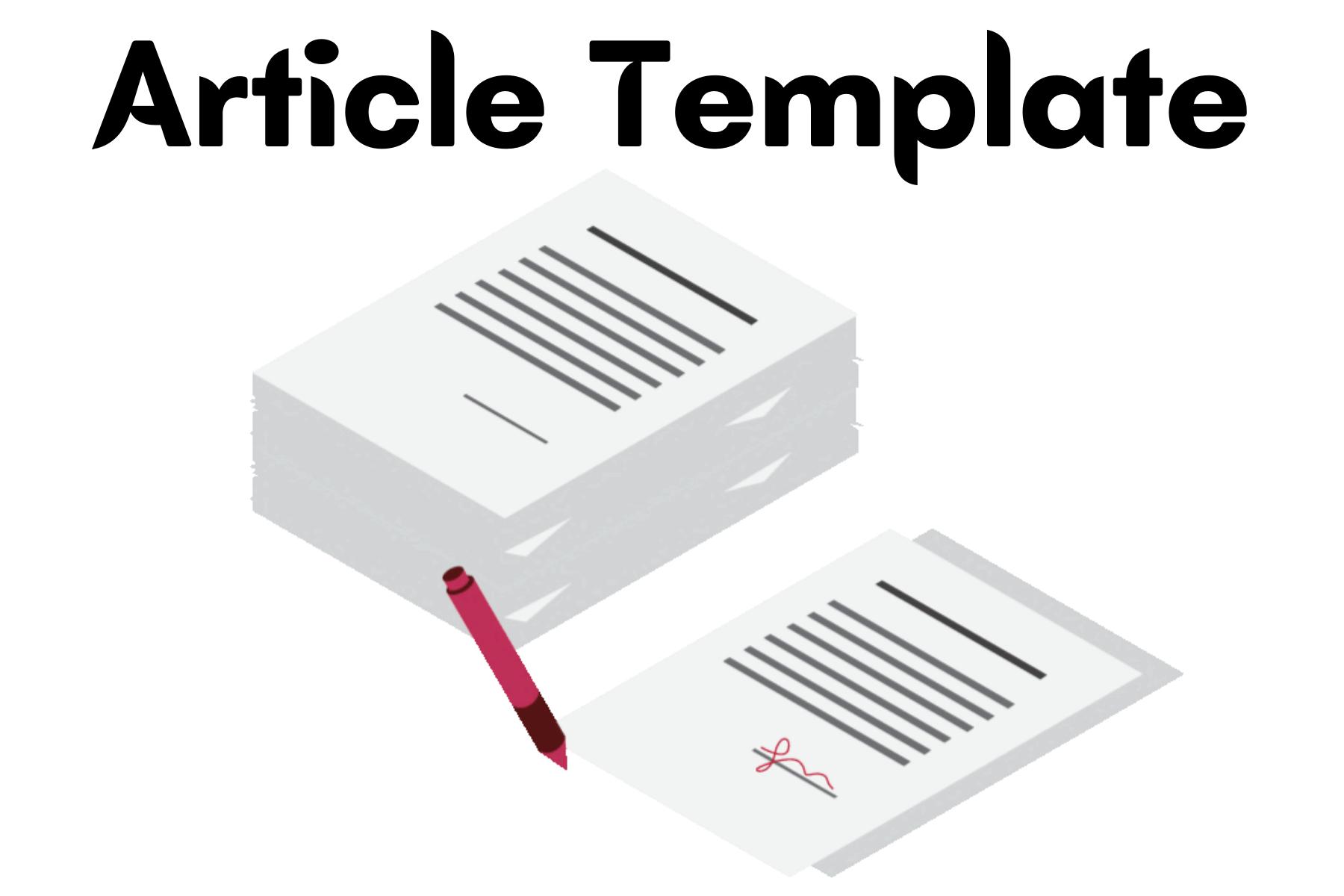
About the Journal
Hipotenusa: Journal of Mathematical Society (e-ISSN: 2716-3156) is a scientific, peer-reviewed, open-access journal that has been established for the dissemination of state-of-the-art knowledge in the field of mathematics education. This journal is managed and published by the Department of Mathematics Education, Faculty of Teacher Training and Education, UIN Salatiga, Salatiga, Indonesia, in collaboration with ADMAPETA (Asosiasi Dosen Matematika Perguruan Tinggi Keagamaan Islam/ Association of Mathematics Lecturers at Islamic Religious Colleges), biannually in June and December. All submitted manuscripts will be initially reviewed by editors and evaluated through the double-blind review process.
The journal consists of high-quality technical manuscripts on advances in the state-of-the-art of mathematics education; both theoretical approaches and practical approaches are encouraged to submit. Submitted papers must be written in Bahasa or English for the initial review stage by editors and the further review process by at least two anonymous reputable reviewers.
The journal provides a forum for the sharing, dissemination, and discussion of research, experience, and perspectives across a wide range of education, teaching, development, instruction, educational projects and innovations, learning methodologies, and new technologies in mathematics education for authors and readers worldwide. The focus and scope of Hipotenusa: Journal of Mathematical Society include the following topics: Realistic Mathematics Education (RME), Design/Development Research in Mathematics Education, Mathematics Ability, and the PISA Task.
Indexed by:
DOAJ | Garuda | Google Scholar | Dimension | Moraref
===================================================================================================
ANNOUNCEMENT
Old Website : https://hipotenusa.iainsalatiga.ac.id/index.php/hipotenusa/index
Per January 2023, Hipotenusa has migrated to OJS 3 using the new url:
(https://ejournal.uinsalatiga.ac.id/index.php/hipotenusa/index).
===================================================================================================
Announcements



